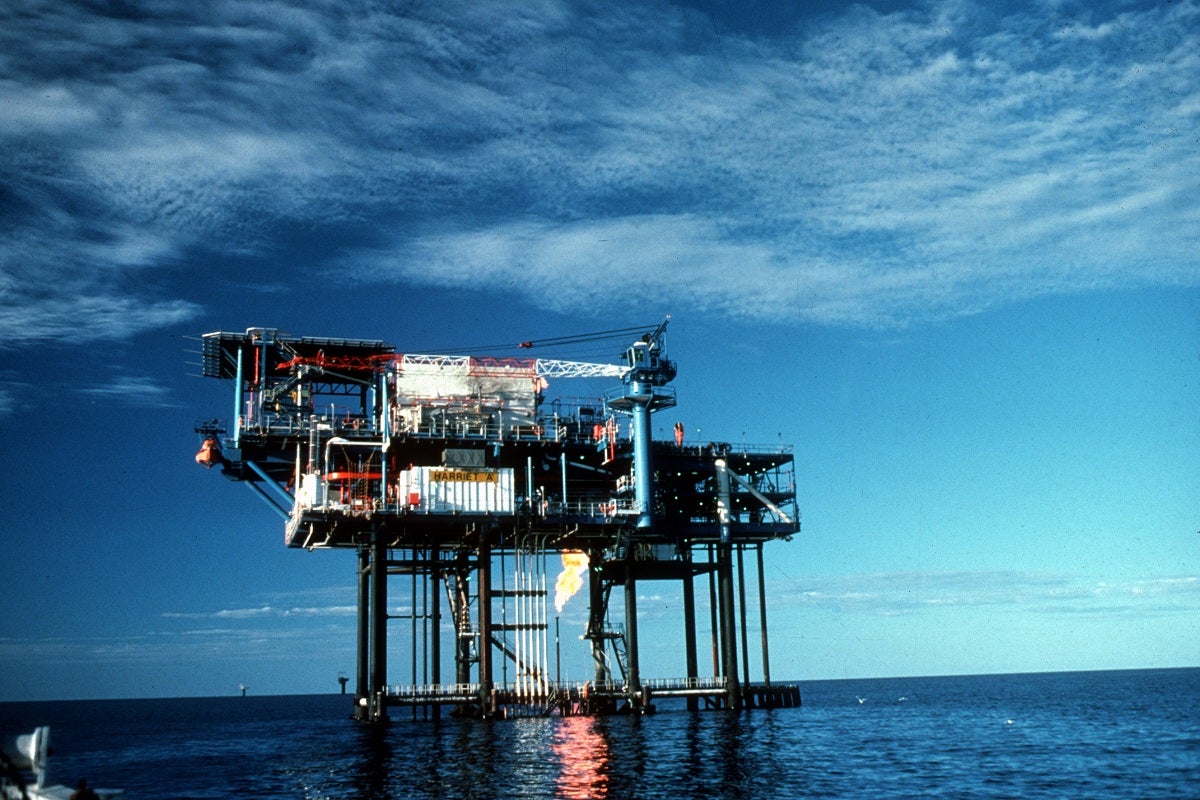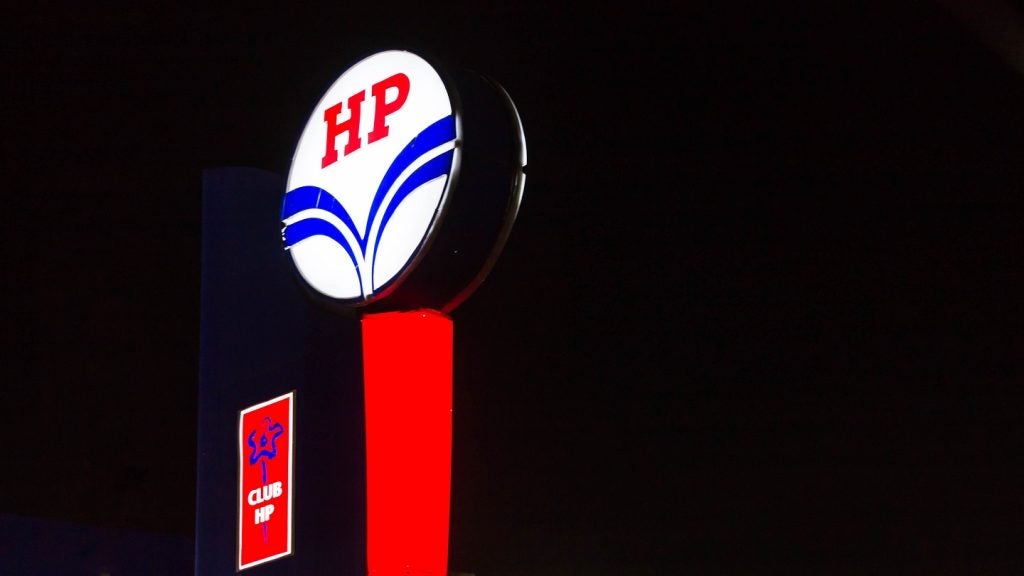
A Rystad Energy analysis has predicted that the number of drilled wells globally will reach approximately 55,350 this year, the lowest since the beginning of the century, due to the Covid-19 pandemic’s unprecedented hit to oil and gas activity.
This years’ decline marks a 23% fall from 2019’s 71,946 drilled wells, prompting Rystad to predict that last year’s numbers will not be met or exceeded until at least 2025.
According to the forecast, drilled wells are to partly recover, to just above 61,000 in 2021, as governments ease travel restrictions, boosting oil demand and prices. Then numbers are expected to grow further, to just above 65,000 in 2022, although they will remain below 69,000 until the end of 2025.
Rystad energy services analyst Reza Hassan Kazmi said: “Both new wells and drilling lengths will be pared down as E&P’s scale down investments, affecting the entire supply chain associated with these services. This includes drilling tools, which will decline by 35% in 2020 compared to 2019.”
North America is expected to be most affected, as the country’s rig count reached ‘historic lows’ a few months into the Covid-19 pandemic. While modest recovery is possible in the second trimester of this year, drilling activity will remain more than 50% below the levels seen at the same time last year.
Before the coronavirus outbreak, Rystad Energy had expected that the total number of wells would rise to 74,575 year-on-year, of which 2,896 were offshore wells.
How well do you really know your competitors?
Access the most comprehensive Company Profiles on the market, powered by GlobalData. Save hours of research. Gain competitive edge.

Thank you!
Your download email will arrive shortly
Not ready to buy yet? Download a free sample
We are confident about the unique quality of our Company Profiles. However, we want you to make the most beneficial decision for your business, so we offer a free sample that you can download by submitting the below form
By GlobalDataDrilling length, a driver for drilling tools, especially for drill pipes, drill collars, heavy-weight drill pipes, and drill bits, is also estimated to proportionally decrease by 25% this year, before improving in 2021.
Rystad expect that onshore and offshore purchases for drilling tools will drop from $16bn in 2019 to $10bn in 2020, with North America, Africa, and Russia being the biggest contributors to this loss, since purchases in these countries will drop between 27% and 36% this year.
Despite their slow growth, Brazil, Australia, and China will continue to offer new opportunities in the short term, with 20-40% growth prospects for offshore drilling. Meanwhile, Rystad expects the UK, Guyana, and Mexico to remain promising in the medium- to long-term.






